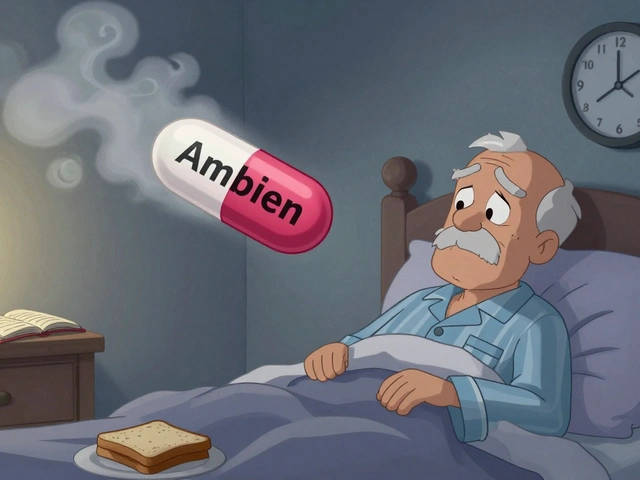Esomeprazole: What It Is and How It Works
If you’ve been told to take esomeprazole, you’re probably dealing with heartburn, ulcers, or a sore throat caused by acid. Esomeprazole belongs to the proton pump inhibitor (PPI) family – it tells your stomach cells to produce less acid. Less acid means less irritation and faster healing.
Doctors prescribe it for conditions like gastroesophageal reflux disease (GERD), erosive esophagitis, and Zollinger‑Ellison syndrome. It’s also used together with antibiotics to clear Helicobacter pylori infections that cause ulcers.
How to Take Esomeprazole Correctly
Take the tablet or capsule whole – don’t chew or crush it. Swallow it with a full glass of water about 30 minutes before breakfast, unless your doctor says otherwise. This timing helps the drug work best because food can slow down its absorption.
The usual adult dose for GERD is 20‑40 mg once daily. For severe cases or ulcer healing, doctors might increase it to twice a day. Always follow the exact schedule your prescriber gives you; skipping doses can let acid creep back in and cause symptoms again.
Common Side Effects & When to Call a Doctor
Most people feel fine, but some notice mild issues like headache, stomach pain, or gas. These usually disappear after a few days. If you get severe diarrhea that looks watery, see a doctor right away – it could be a sign of C. difficile infection.
Rarely, long‑term use can lead to low magnesium levels, bone fractures, or kidney problems. Talk to your healthcare provider if you plan to stay on esomeprazole for more than six months; they may want to check blood tests or suggest a break.
Avoid mixing it with certain drugs without checking first. Antifungal meds (like ketoconazole), HIV protease inhibitors, and the blood thinner warfarin can interact with esomeprazole. Your pharmacist can help you spot any risky combos.
Pregnant or breastfeeding moms should ask their doctor before starting esomeprazole. The medication is generally considered safe, but only a professional can weigh the benefits against any potential risks for your baby.
If you miss a dose, take it as soon as you remember – unless it’s almost time for the next one. In that case, skip the missed tablet and continue with your regular schedule. Don’t double‑dose to make up for the mistake.
Store esomeprazole at room temperature, away from moisture and heat. Keep the bottle tightly closed and out of reach of children.
Bottom line: esomeprazole can be a powerful tool against acid‑related problems when you take it right and watch for side effects. If anything feels off, call your doctor – they’ll know whether to adjust the dose or try a different approach.




